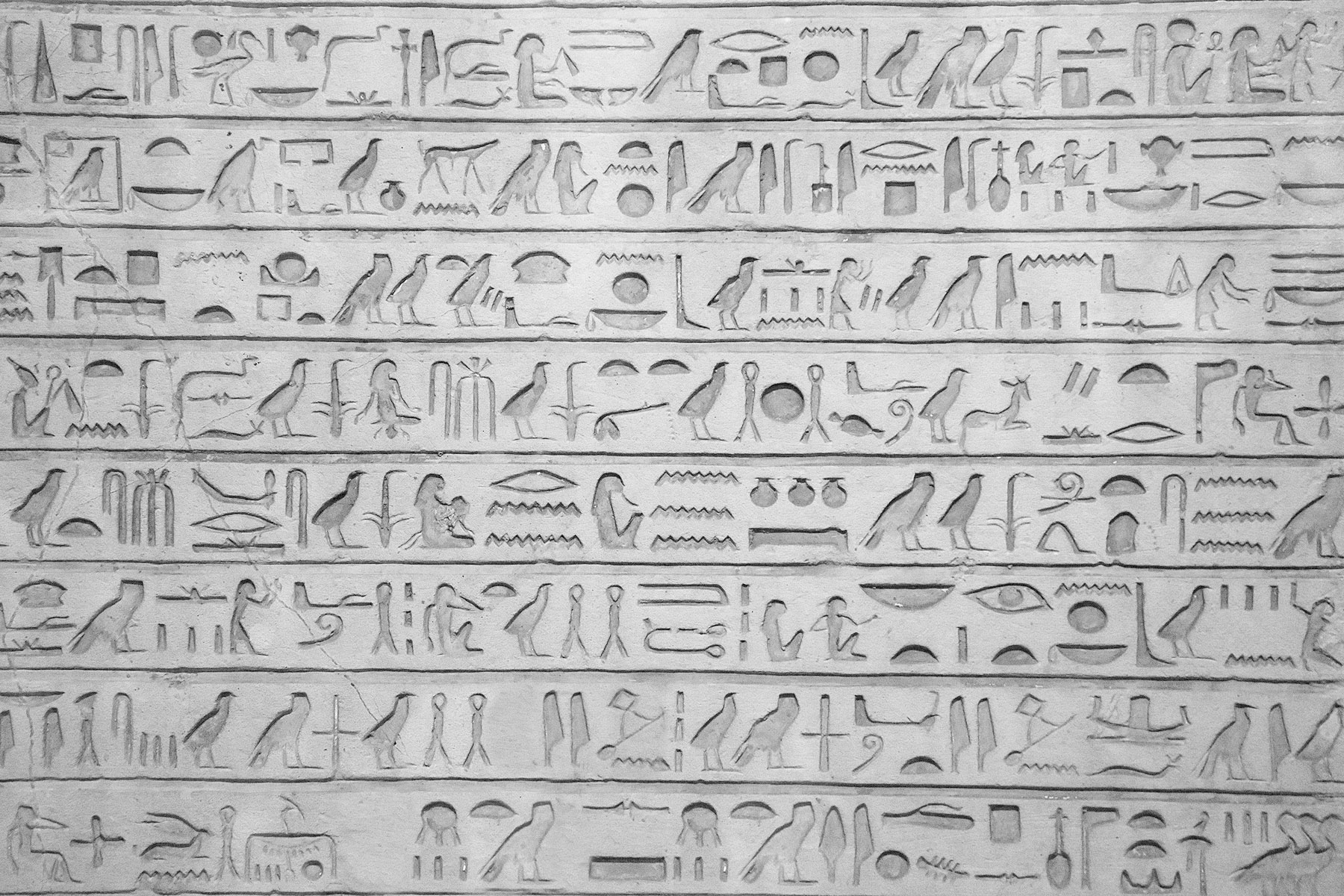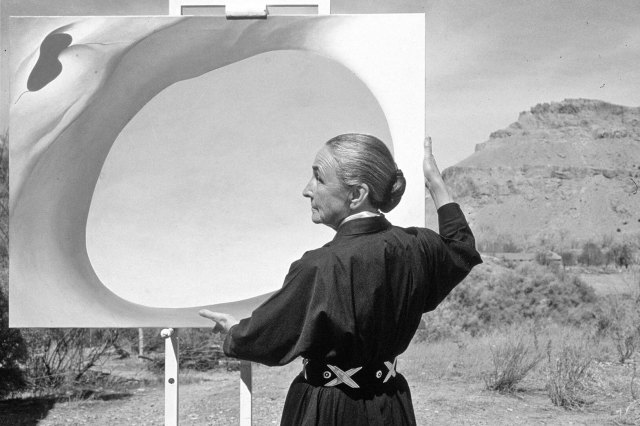The Most Intriguing Egyptian Hieroglyphs
Ancient Egyptian hieroglyphics have long captured the imaginations of scholars and casual observers alike, and efforts to translate them date back to the ninth century CE. Yet hieroglyphics remained mostly indecipherable until the discovery of the Rosetta Stone in 1799. Early progress was made by English polymath Thomas Young in the 1810s, and French linguist Jean-François Champollion completed a breakthrough translation that he presented in Paris on September 27, 1822.
The accuracy of Champollion’s translation was a watershed moment that enabled a greater understanding of hieroglyphs, leading to deeper and wider-ranging study. In 1927, English Egyptologist Alan Gardiner published the reference work Egyptian Grammar, which included an appendix compiling the major hieroglyphs and their meanings, known as Gardiner’s Sign List, a reference standard still used today.
You don’t need to have a complete understanding of exactly how hieroglyphs function amid the rules of grammar in order to find them fascinating, though. Many symbols represent items that in turn provide glimpses into life in ancient Egypt and its advanced state as a civilization. The following hieroglyphs do just that — and we’ll use the names and reference points from Gardiner’s list to help illuminate them.
Y6: Board Game Piece
The hieroglyph numbered Y6 in Gardiner’s Sign List is a simple pointed oblong shape that isn’t especially visually compelling. But it represents a board game piece (in Gardiner’s text, a “draughtman” for a “draught board”), and there’s something undeniably intriguing about a hieroglyph that proves board games existed thousands of years ago. The piece depicted in this hieroglyph was either for a game called senet net hab (usually referred to as senet), or for a game called twenty squares.
Senet was a spiritually significant game, as “senet net hab” translates to “game of passing through.” The game is thought to represent the progression from life to the afterlife. Queen Nefertari’s tomb contains a painting depicting her playing senet against an invisible opponent; King Tutankhamun was buried with at least five senet boards.




















